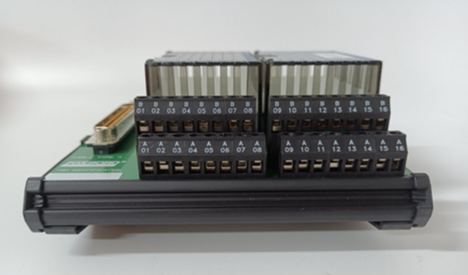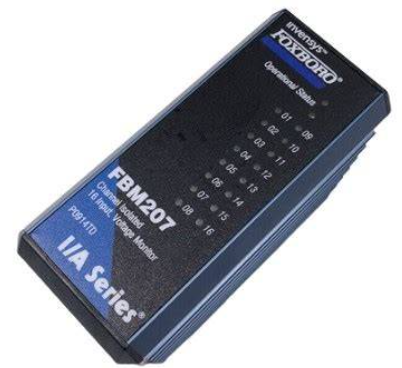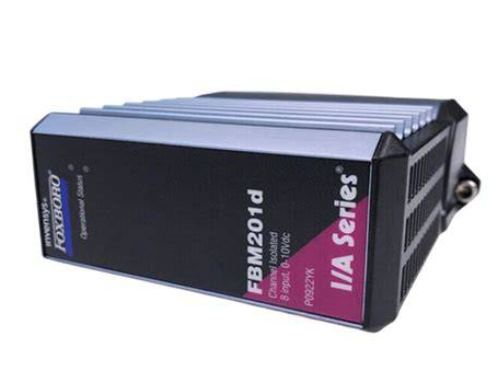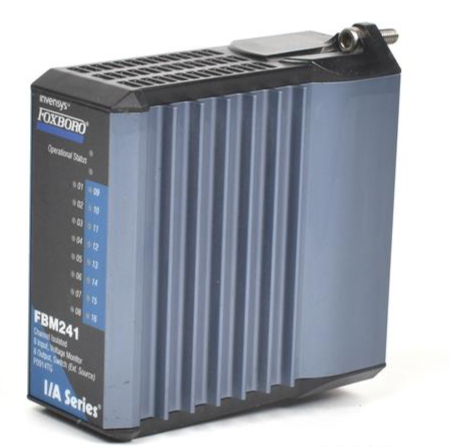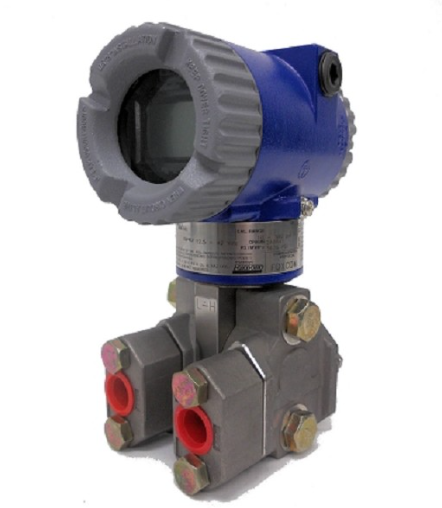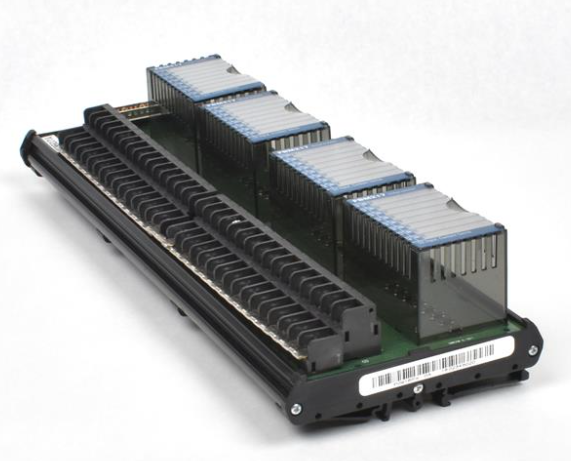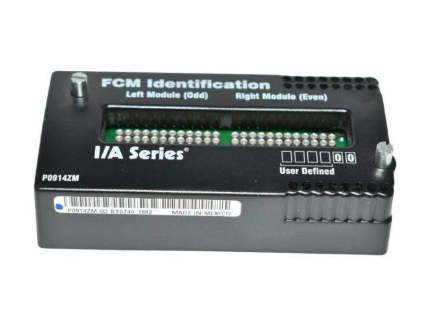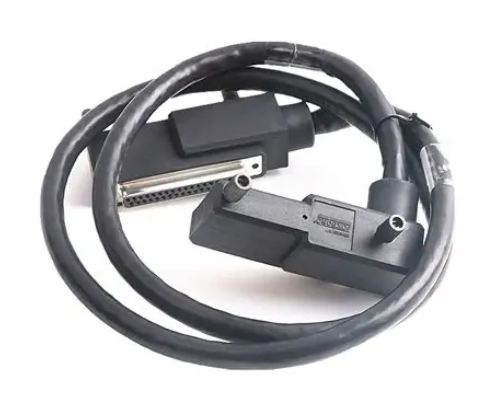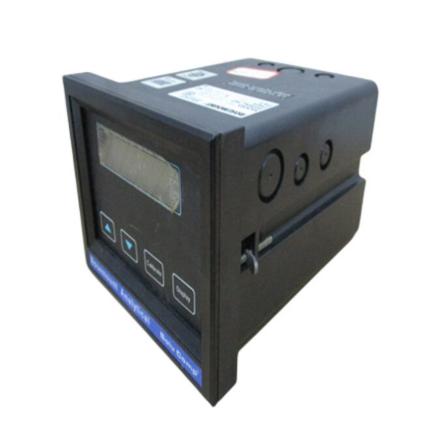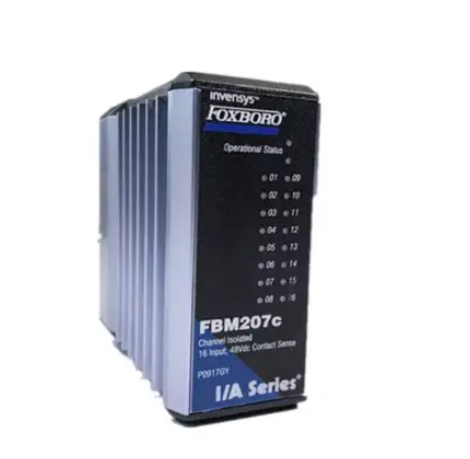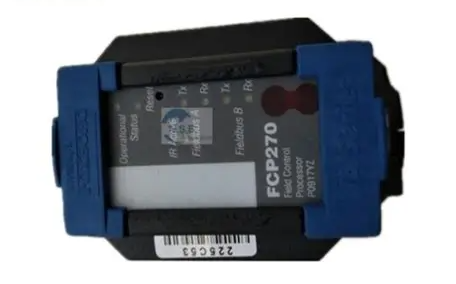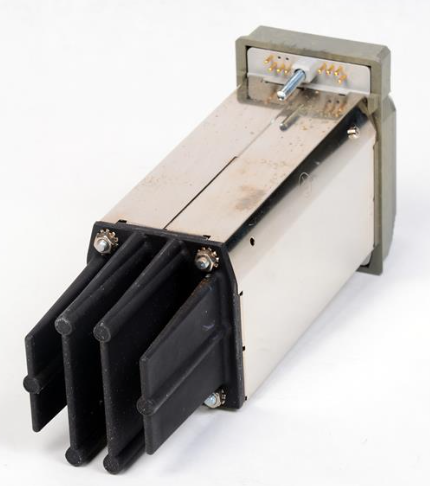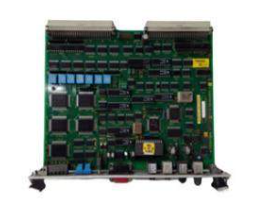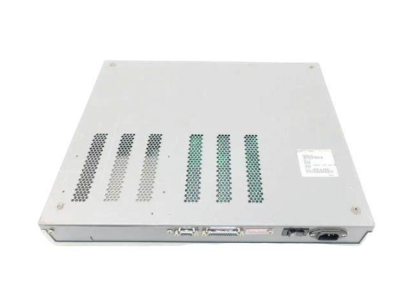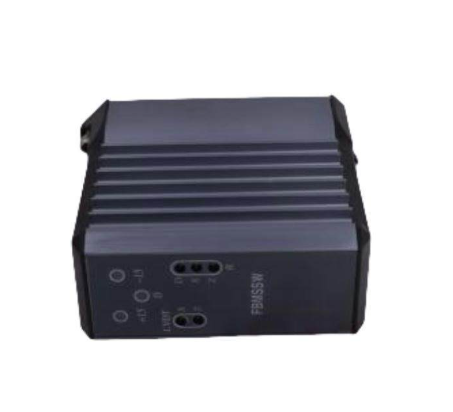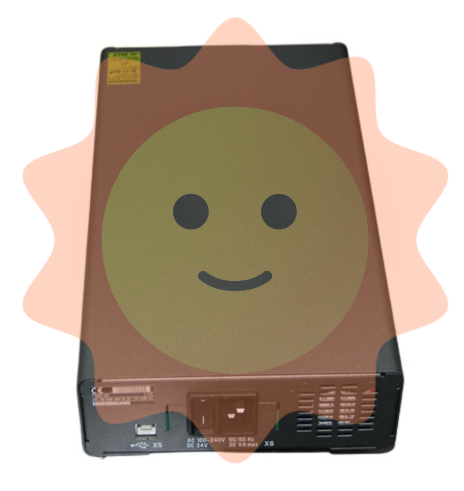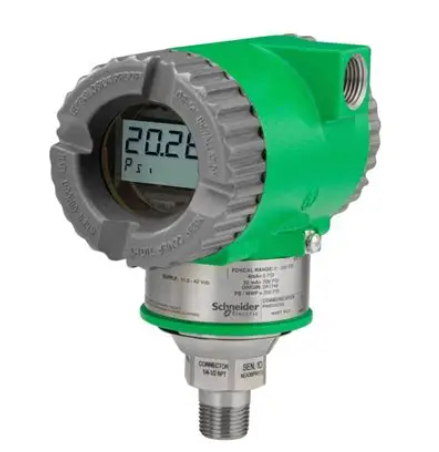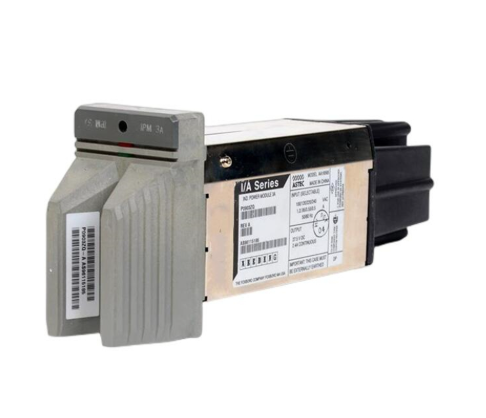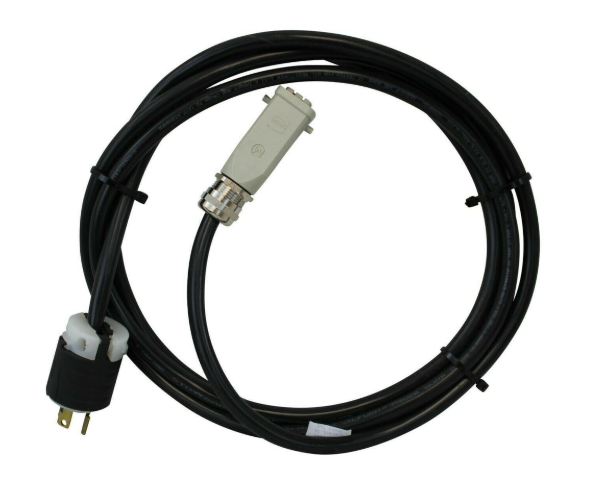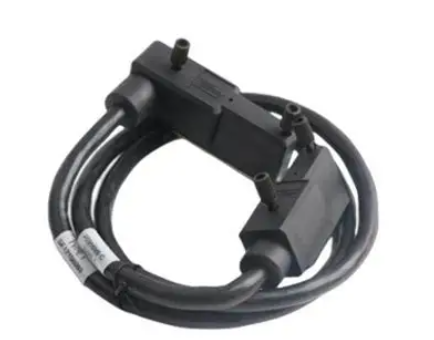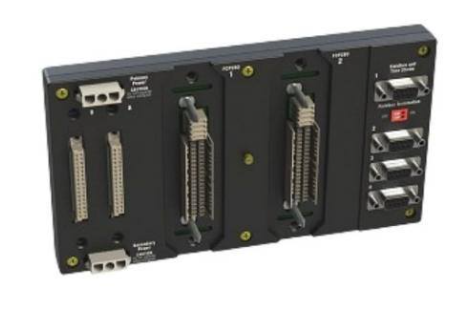YASKAWA Z1000 series HVAC dedicated frequency converter
YASKAWA Z1000 series HVAC dedicated frequency converter
Applicable models:
200V level: 2.2~110kW (3~150HP);
400V level: 2.2~370kW (3~500HP);
Model identification: CIMR-ZU A series.
Core positioning: A practical guide for engineering and technical personnel, covering the entire process from parameter initialization, motor debugging to troubleshooting, supporting multiple modes such as V/f control and PM motor open-loop vector control, and adapting to the dynamic adjustment needs of HVAC systems.
Core functional framework
The document revolves around three core modules: parameter configuration, function implementation, debugging and maintenance. The core modules include parameter details, regular inspection and maintenance, and communication protocol configuration (BACnet/APOGEE FLN/Metasys N2/EMOBU/Modbus), forming a complete closed loop of "setup run monitoring maintenance".
Core parameter configuration (classified by functional modules)
1. Initialize parameters (Group A)
The core is used for initial driver settings, including basic configurations such as language, control mode, parameter reset, etc.
A1-00 (Language Selection): Supports English, Japanese, French, Spanish, Portuguese, and does not reset this parameter during initialization.
A1-02 (Control mode selection): 0 (Induction motor V/f control, speed range 1:40), 5 (PM motor open-loop vector control, speed range 1:20).
A1-03 (Parameter Initialization): Supports multiple initialization modes such as user-defined, 2-wire/3-wire control, HVAC dedicated, OEM bypass, etc., and automatically returns to 0 after reset.
A1-04/A1-05 (password setting): A1-05 hides the parameter setting password, A1-04 unlocks by entering the password, and restricts the modification permission of core parameters (such as A1-01~A1-03).
2. Application Function Parameters (Group B)
Focus on core application functions such as operating mode, braking, speed search, PI control, etc., and adapt to HVAC load characteristics.
(1) Operation mode selection (b1 group)
B1-01 (AUTO mode frequency source): Supports four input methods: HOA keyboard, analog terminal, communication, and tab.
B1-02 (AUTO mode operation command): Optional control terminals, communication, and tab triggers. Selecting 3 when no tab is installed will trigger the oPE05 error.
B1-03 (stop mode): 0 (slope stop), 1 (free stop), 2 (DC injection brake stop), 3 (free stop with delay).
(2) PI control (b5 group)
Specially designed for closed-loop control of pressure, flow, and temperature in HVAC systems, with core parameters:
B5-01 (PI function enabled): 0 (disabled), 1 (PI output directly as frequency command), 3 (PI output combined with frequency command).
B5-02/B5-03 (Proportional/Integral Parameters): Proportional gain of 0.00~25.00, integration time of 0.0~3600s, can suppress overshoot or accelerate response speed.
B5-12 (PI feedback loss detection): Supports low/high feedback detection, can set alarms, faults, or only output signals to avoid sensor failures causing system loss of control.
(3) Energy saving function (b8 group)
B8-01 (Energy saving control enable): When enabled, automatically optimize the motor operating voltage to improve light load efficiency. PM motors should be used with caution.
3. Motor parameters (Group E)
The core parameter configuration covering induction motors and PM motors directly affects control accuracy.
E1 group (V/f mode setting): E1-03 selects V/f curve (15 presets+1 customization), suitable for constant torque, variable torque (fan/pump), high starting torque and other scenarios.
E2 group (induction motor parameters): requires input of motor rated current (E2-01), rated slip (E2-02), no-load current (E2-03), etc., supporting automatic tuning and automatic acquisition.
E5 group (PM motor parameters): Only visible when A1-02=5, stator resistance (E5-05), d/q-axis inductance (E5-06/E5-07), induced voltage constant (E5-09/E5-24), etc. need to be set.
4. Protection function parameters (L group)
Comprehensively ensuring the safety of drivers, motors, and systems, with core components including:
Motor protection (L1 group): L1-01 selects overload protection type (general motor/PM motor), supports PTC thermistor connection (L1-03~L1-05) to detect motor temperature.
Power protection (L2 group): L2-01 is configured with instantaneous power failure response strategy, and L2-05 is set with undervoltage detection level (default 190V for 200V level, default 380V for 400V level).
Lock rotor protection (L3 group): Install lock rotor protection during acceleration, deceleration, and operation to avoid motor overload or overvoltage faults.
Fault restart (L5 group): L5-01 sets the number of automatic restarts (0-10 times), supports automatic recovery after overcurrent, overload, overvoltage and other faults, and the lifting application is disabled.
5. Terminal functional parameters (H group)
Configure digital/analog input/output terminals to achieve external signal interaction.
H1 group (digital input): 7-channel programmable terminals (S1~S7), supporting functions such as forward and reverse rotation, multi-stage speed, fault reset, emergency stop, etc., and can be configured with 2-wire/3-wire control logic.
H2 group (digital output): 3 relay outputs (M1-M2/M3-M4/M5-M6), which can map signals such as operating status, zero speed, fault, and consistent speed.
H3 group (analog input): 2 analog terminals (A1/A2), supporting 0~10V/4~20mA signals, configurable frequency command, PI feedback, torque detection level and other functions.
H4 group (analog output): 2 analog terminals (FM/AM), capable of outputting monitoring data such as frequency, current, power, etc., supporting gain/bias adjustment.
6. Communication parameters (H5/F6/F7 group)
Supports multiple industrial communication protocols and is compatible with building automation system integration.
Core protocols: BACnet, APOGEE FLN, Metasys N2, MEMOBU/Modbus;
Basic configuration: H5-01 (slave address), H5-02 (baud rate), H5-03 (checksum), which need to be unified with the upper computer;
Fault handling: F6-01 configuration communication fault driver behavior (shutdown/continue running/alarm).
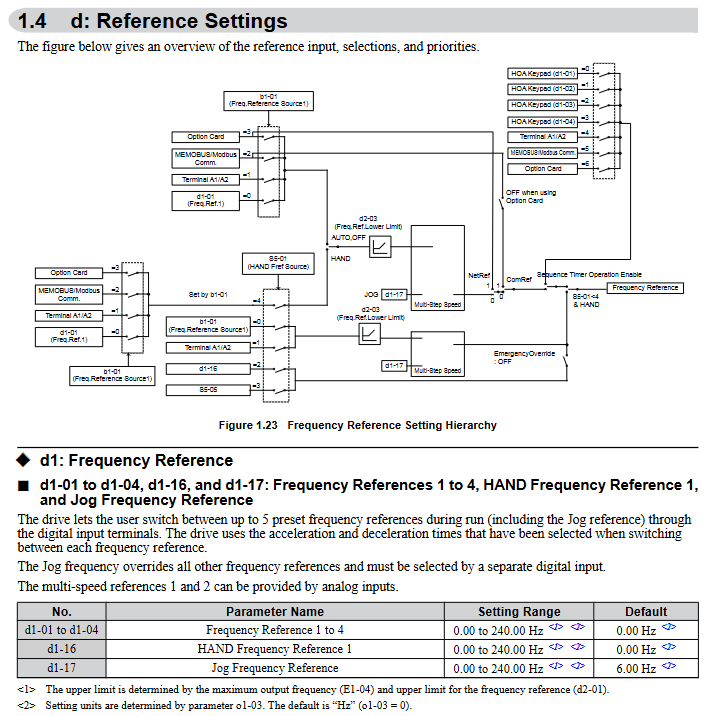
Motor debugging (T group)
Obtain precise motor parameters through automatic tuning to ensure control performance.
1. Induction motor debugging (T1 group)
T1-01 selects tuning mode: 2 (static resistance detection), 3 (V/f energy-saving mode rotation tuning);
Pre input of motor rated power (T1-02), voltage (T1-03), current (T1-04) and other nameplate parameters is required, and after tuning, the E2 group parameters will be automatically updated.
2. PM motor debugging (T2 group)
T2-03 Select motor type (0=IPM motor, 1=SPM motor);
T2-18 starts tuning and automatically calibrates key parameters such as stator resistance, inductance, and induced voltage constant, ensuring that the motor is unloaded.
Monitoring parameters (U group)
Real time viewing of drive operation status, fault records, and maintenance information, core categories:
U1 group (operating status): output frequency (U1-02), output current (U1-03), DC bus voltage (U1-04), etc;
U2/U3 group (fault tracing): record parameter snapshots (such as current, frequency) and historical fault lists (up to multiple records can be stored) when faults occur;
U4 group (maintenance monitoring): cooling fan running time (U4-03), percentage of capacitor life (U4-05), pre charge relay life (U4-07), etc. If it is less than 20%, it needs to be replaced in advance;
U5 group (PI monitoring): PI set values, feedback values, output values, etc., facilitate closed-loop control optimization.
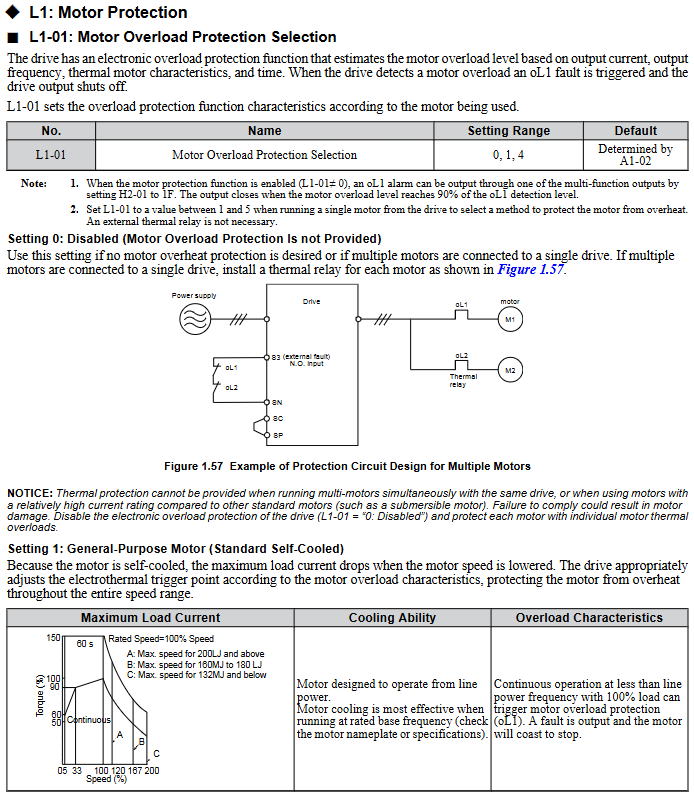
Regular inspection and maintenance
1. Safety regulations
After power failure, wait for the capacitor to discharge (DC bus voltage below 50V) before wiring or replacing components;
Do not remove the cover plate or touch the circuit board while it is powered on to avoid static electricity damaging the components.
2. Inspection cycle and content
(1) Daily inspection (daily)
Appearance: The driver/motor has no abnormal noise, odor, or vibration, and the cooling fan is running normally;
Display: No alarm code, stable parameters such as current and voltage;
Environment: Temperature (-10~+50 ℃), humidity (0~95% without condensation) meet the requirements, and there is no dust accumulation.
(2) Regular inspection (annually)
Electrical components: The wiring terminals are securely fastened, the insulation of the wires is not aged, the capacitors are not leaking or bulging;
Cooling system: The radiator is clean, the fan is not stuck, and the air duct is not blocked;
Function verification: No abnormal changes in parameters, protection functions (such as overload and overvoltage) triggered normally.
3. Replacement of vulnerable parts
Cooling fan: Replace it after running for 20000 hours or 5 years, and reset the o4-03 parameter after replacement;
HOA keyboard battery: The model is CR1220 lithium battery, with a lifespan of about 2 years. Replace it when "bAT" is displayed, and pay attention to the installation of the positive and negative poles;
Capacitors and relays: After 5-7 years of operation, the capacity/contact status needs to be checked, and if it is lower than 80% of the initial value, it should be replaced.
Communication Protocol Configuration (Core Protocol Summary)
1. MEMOBU/Modbus communication
Physical interface: RS-422/RS-485 (terminal R+/R -/S+/S -);
Core parameters: Slave address (H5-01:0~FFH), baud rate (H5-02:1200bps~115200bps), parity bit (H5-03: none/even/odd parity);
Function: Supports reading monitoring data, writing parameters, controlling start stop, and fault reset.
2. BACnet communication
Adapt to building automation systems and support BACnet MS/TP protocol;
Configuration parameters: F6-46 (baud rate), device object, analog input/output object mapping;
Function: Implement remote monitoring and control of the frequency converter by the upper computer, and support fault alarm uploading.
Compliance and Safety Tips
Safety level: Complies with UL 508C, CSA C22.2 No.14, CE LVD/EMC and other standards;
Prohibited scenarios: It is prohibited to use equipment that directly affects personal safety, such as medical, aviation, nuclear power, etc. The lifting application is disabled and automatically restarted due to malfunction;
Operation specifications: All wiring, parameter modification, and maintenance work must be carried out by authorized personnel, and the power-off discharge process must be strictly followed.
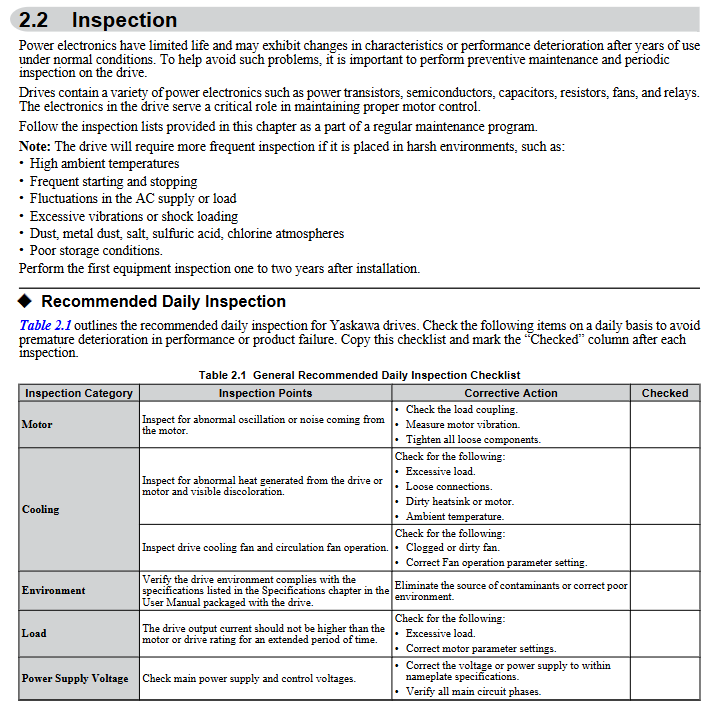
- EMERSON
- Honeywell
- CTI
- Rolls-Royce
- General Electric
- Woodward
- Yaskawa
- xYCOM
- Motorola
- Siemens
- Rockwell
- ABB
- B&R
- HIMA
- Construction site
- electricity
- Automobile market
- PLC
- DCS
- Motor drivers
- VSD
- Implications
- cement
- CO2
- CEM
- methane
- Artificial intelligence
- Titanic
- Solar energy
- Hydrogen fuel cell
- Hydrogen and fuel cells
- Hydrogen and oxygen fuel cells
- tyre
- Chemical fiber
- dynamo
- corpuscle
- Pulp and paper
- printing
- fossil
- FANUC
- Food and beverage
- Life science
- Sewage treatment
- Personal care
- electricity
- boats
- infrastructure
- Automobile industry
- metallurgy
- Nuclear power generation
- Geothermal power generation
- Water and wastewater
- Infrastructure construction
- Mine hazard
- steel
- papermaking
- Natural gas industry
- Infrastructure construction
- Power and energy
- Rubber and plastic
- Renewable energy
- pharmacy
- mining
- Plastic industry
- Schneider
- Kongsberg
- NI
- Wind energy
- International petroleum
- International new energy network
- gas
- WATLOW
- ProSoft
- SEW
- wind
- ADVANCED
- Reliance
- YOKOGAWA
- TRICONEX
- FOXBORO
- METSO
- MAN
- Advantest
- ADVANCED
- ALSTOM
- Control Wave
- AB
- AMAT
- STUDER
- KONGSBERG
- MOTOROLA
- DANAHER MOTION
- Bently
- Galil
- EATON
- MOLEX
- Triconex
- DEIF
- B&W
- ZYGO
- Aerotech
- DANFOSS
- KOLLMORGEN
- Beijer
- Endress+Hauser
- MOOG
- KB
- Moxa
- Rexroth
- YAMAHA
- Johnson
- Westinghouse
- WAGO
- TOSHIBA
- TEKTRONIX
- BENDER
- BMCM
- SMC


Email:wang@kongjiangauto.com
































































